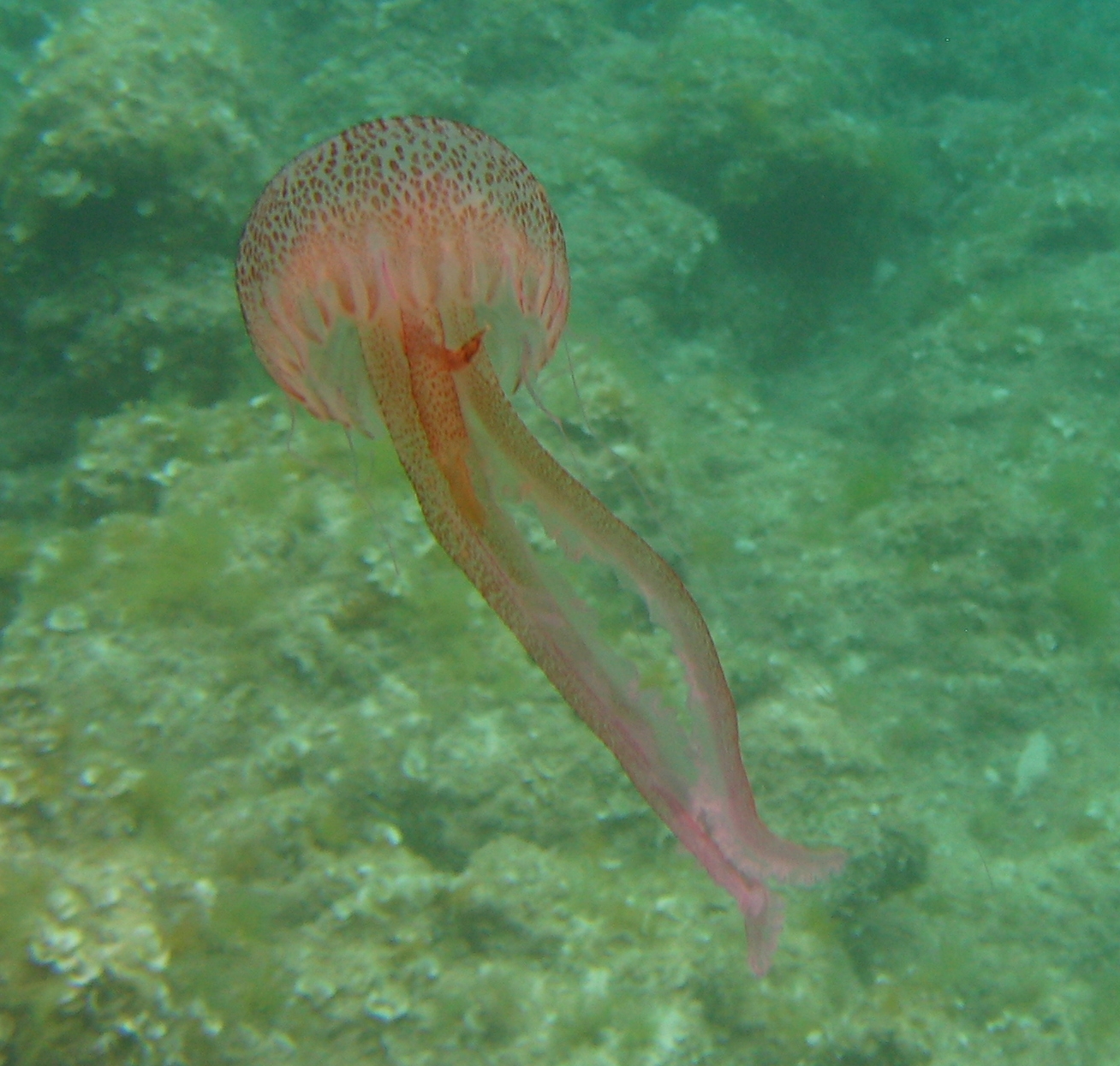I am on the island of Gozo in the middle of the Mediterranean, and one of the big questions over coffee every day is: “which beach is free of jellyfish”? Local advice is to gauge the wind direction, and go to the opposite side of the island, as the jellyfish will be blown away from shore. Gozo is one of the islands in the Maltese archipelago, and Malta now has a website with daily news about jellyfish, so you can check in the morning before setting off. Nevertheless, I have seen several swimmers come out of the water with nasty rashes and young children especially get extremely upset when stung in the water. The main culprit in this part of the Mediterranean seems to be the Mauve Stinger (Pelagia Noctiluca).
What to do when you get stung is another source of debate. Scraping the sting with a credit card is supposed to help remove any tentacles that may have got stuck, and dousing the area in vinegar is a popular local way to reduce the pain. One of the best remedies is to stay in salty seawater, but definitely not to use fresh water or ice as this aggravates the discomfort.
Apparently, jellyfish were not recognised as a big problem in the past, but these days it is a deciding factor for tourists and local visitors alike on where to get into the water in the Mediterranean. It has been an issue here in Malta for several years, although I must admit that the past week has not been bad. The BBC reported that in July this year the UK Foreign Office updated its travel advice for Greece in the wake of large jellyfish blooms there, but Malta seems to have been spared so far.
There are competing views about why jellyfish are increasing in numbers, and climate change is often cited, although there is no conclusive evidence. Pollution is causing algal blooms which deprive the seas of oxygen, and under such conditions shellfish and other species struggle to survive, but jellyfish do well. Another cause may be overfishing because by reducing fish stocks we have taken away some of the natural competition and jellyfish have taken advantage of this.
However some scientists say that the increase in jelly is part of a natural cycle, and there is rapid growth and decline of the numbers of jellyfish over a period of time. Maybe that is a reason why this week I have not seen the numbers that were in the seas around Gozo last year. Let’s hope it stays this way for the rest of the summer!



0 comments
Write a comment